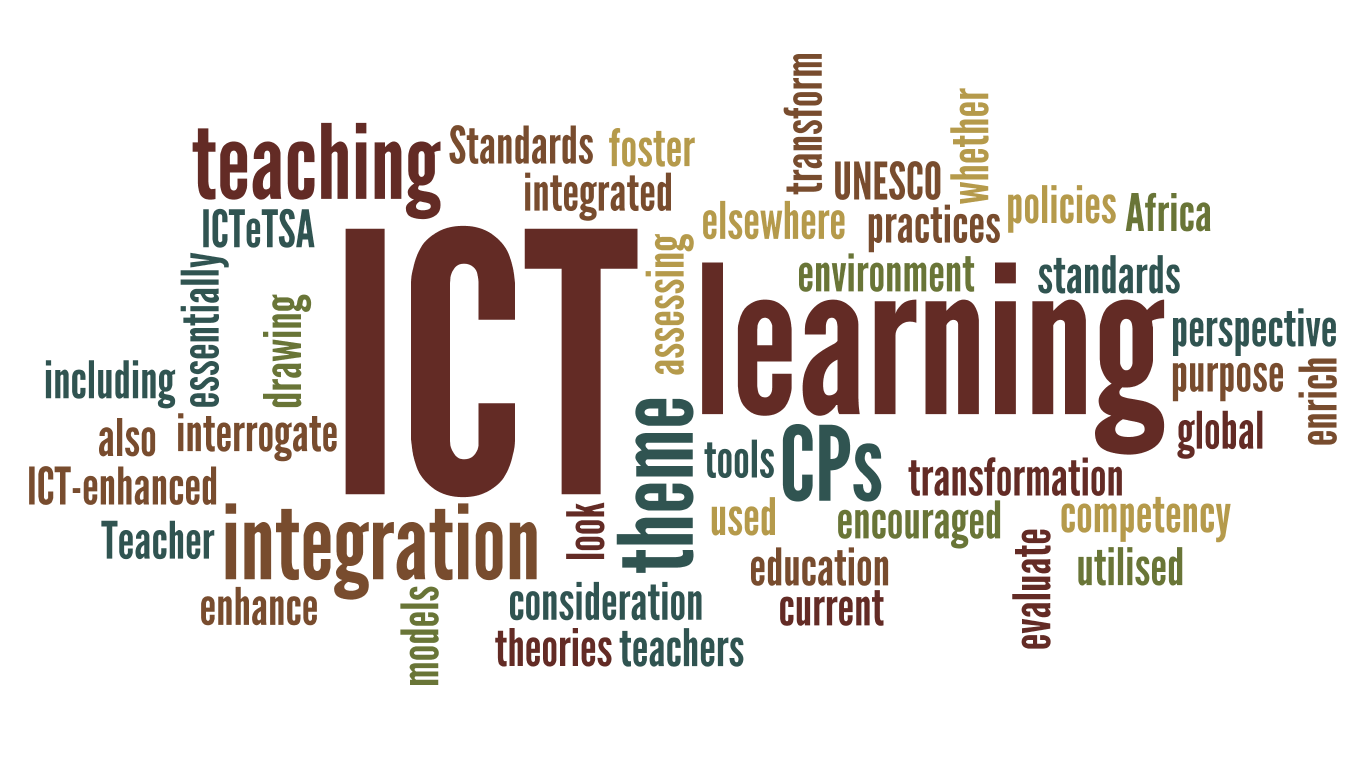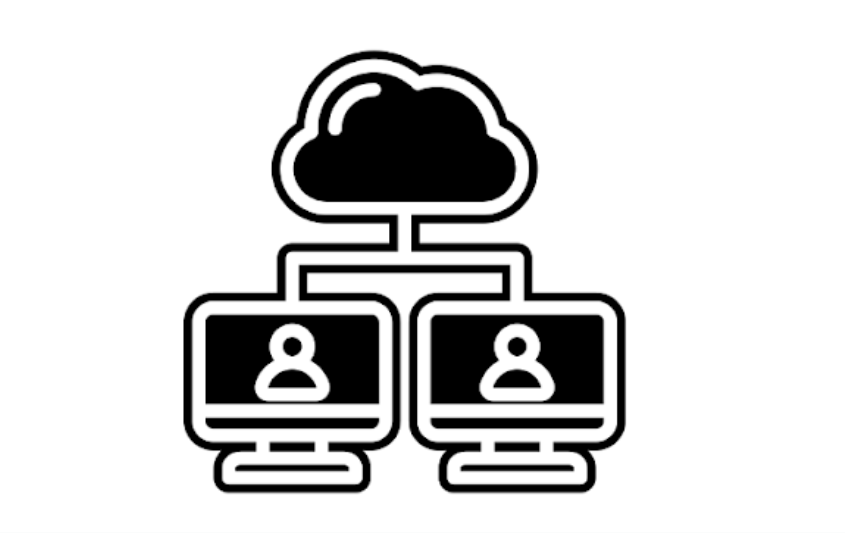



You might have heard about the term ‘gamification’ before. But what is gamification and how can we, as educators in Myanmar, apply the concept in our classrooms? Gamification is using of game-like elements, such as points, challenges, and rewards, to make activities or learning more engaging and enjoyable. Gamification transforms learning into a thrilling adventure, making students more engaged and excited about assessments. Most teachers know and acknowledge the value of in-classroom educational games. But what about technology-based gamification? Technology-based gamification is a simple and still cost-effective approach that works wonders when effectively applied, especially for assessment.
You don't need fancy online applications to create your games. There are now so many simple props, ‘Do it Yourself’ (DIY) technology-based games and online game generators are in a lot of cases free and easily accessible. With gamification, you can provide instant feedback through real-time assessment, helping you understand your students' strengths and areas for improvement. Moreover, gamification is inclusive and caters to diverse learning styles and abilities, ensuring no student is left behind.
Regarding freely available resources there are some fantastic options for low-resource teachers. Platforms like Kahoot, Quizlet, and Scratch offer free tools for creating engaging quizzes, flashcards, and coding activities.
To get started with gamification: Take it step by step.
Don't be overwhelmed – begin with simple games or quizzes and build your confidence gradually.
Choose the right tool that suits your classroom's needs and resources.
Keep it simple and free.
Involve your students in the process.
Let them help create games or quizzes, fostering a sense of ownership in their learning journey.
Overcoming the fear of using ICT in the classroom is a crucial step. Don't be intimidated by the technology; embrace the learning journey alongside your students. Understand that mistakes are part of the process, and they offer valuable learning opportunities. Remember that ICT can be intimidating, but it's also a fantastic opportunity for personal and professional growth. Keep learning and improving your skills.

Let us start mastering the magic of visual presentations in interactive teaching.
Not every subject or topic captivates learners’ attention at first glance. That's where presentations come into play. Think of your lessons as captivating stories. Infuse them with slides, visuals, and multimedia elements that turn an ordinary lecture into an exciting narrative. Do you want to know how? Let’s delve into some practical examples.
For instance, when teaching history, create a timeline PowerPoint presentation enriched with images, videos, and personal anecdotes. Transport your students back in time, making historical events spring to life. Use the per-click animation feature so that you are in full control when to display the next picture, content or information appears. Use that technique to ask your students what they anticipate have happened then, on that date, or that specific event. This will help develop their critical thinking and analytic skills.
Source of image: History of Photography and the Camera (Timeline) (thoughtco.com)
However, it is imperative to remember that engagement is the ‘secret sauce’ of effective teaching, and presentations are the catalyst. Embed interactive elements like quizzes, polls, or discussion prompts into your slides. Provide opportunities for learners to engage with the content after every six slides. Here is an example: After explaining geometric concepts, insert a slide with a visual representation of a complex shape. Ask them to measure the area, the circumference volume. Use a poll or a multiple-choice slide to assess their answers and see how many got it right. This could also be conducted through a competition between groups; with the winning group being in charge of compiling the next assignment.
In summary, presentations are not just about slides; they are tools of transformation. They turn a routine lecture into an unforgettable learning journey. Don’t forget: a well-crafted presentation sparks curiosity, encourages interaction, and leaves a lasting impression. It's about making learning an exciting adventure.
Are you a teacher in Myanmar eager to identify how ICT can be used pedagogically to support the attainment of your curriculum standards, i.e., eager to achieve a main knowledge acquisition competency outlined in the UNESCO ICT Competency Framework for Teachers? If the answer is yes, this blog post is for you.
In the dynamic world of teaching discovering high-quality educational materials can be a real journey.
But here's your game-changer: Open Educational Resources (OER).
OER is your golden key to a wealth of teaching and learning materials, including textbooks, videos, lesson plans, and quizzes, all for free, fully customizable to fit your classroom's unique needs and often come from reputable sources, ensuring top-notch quality. The real magic lies in OER's adaptability. You can mix, match, and tweak them to create the perfect resources for your students, supercharging your teaching effectiveness.

In the ever-evolving landscape of education, the integration of Information and Communication Technology (ICT) has emerged as a catalyst for transformative change. By leveraging digital tools and resources, educators can create an enriched learning experience that resonates with the needs of the modern learner. One of the primary advantages lies in the ability of ICT to enhance the learning experience. Interactive multimedia content, educational games, and digital simulations engage students in ways that traditional methods may struggle to achieve.

Many educators, particularly those new to the profession, are daunted by the prospect of using digital tools, fearing they may not have the resources or technical know-how to make it work. However, there is a lifeline that can ease these worries and empower novice teachers: Viber.
Viber, the ubiquitous messaging app, can be a game-changer for educators seeking to implement collaborative assignments in their classrooms. It offers a user-friendly, accessible, cost-effective platform that transcends resource limitations. Teachers can create dedicated groups for each assignment, making it easier for students to collaborate. Collaborative assignments on Viber transform the learning experience into an engaging and interactive journey, cultivating a sense of community and shared responsibility among students. Whether it's a history project, a science experiment, or a literature analysis, students can discuss, plan, and share resources in real-time, promoting a sense of teamwork, even when physical presence is impossible.
The app also allows seamless file sharing, enabling students to send documents, images, videos, and links related to their project. Moreover, teachers can use Viber to set deadlines, send reminders, and monitor progress. This functionality ensures students stay on track, providing valuable support when needed.
Beyond the practical applications, the benefits of using Viber for collaborative assignments are numerous. It fosters inclusivity, as it only requires a basic smartphone and an internet connection, making it accessible to all students. The real-time chat feature enhances communication, engagement, and the development of critical skills such as digital literacy, effective communication, and time management. Embrace the potential of Viber, and watch your learning taking place 24/7, moving beyond school hours and walls.

Air pollution, a silent adversary, continues to cast its ominous shadow over our planet, affecting the very air we breathe. As industrialization and urbanization surge forward, the consequences of our actions become more pronounced. Air pollution, a complex amalgamation of pollutants, poses a severe threat to human health and the environment.
Particulate matter, nitrogen dioxide, sulfur dioxide, and ozone are among the key culprits contributing to the degradation of air quality. These pollutants originate from various sources, including vehicular emissions, industrial activities, and the burning of fossil fuels. In urban areas, the air often becomes a noxious cocktail, with citizens unwittingly inhaling harmful substances during their daily routines.
The impacts of air pollution on human health are profound. Respiratory diseases such as asthma and chronic obstructive pulmonary disease (COPD) are on the rise, and studies link air pollution to heart disease, stroke, and even neurological disorders. Vulnerable populations, such as children and the elderly, are particularly at risk, facing long-term health implications.
Beyond its effects on human health, air pollution wreaks havoc on the environment. It contributes to climate change, damages ecosystems, and harms biodiversity. The iconic image of smog-choked cities is a stark reminder that our environment is paying a hefty price for our unsustainable practices.

Introduction:
In conclusion, the role of ICT in education extends far beyond the integration of technology into classrooms; it is a catalyst for a profound educational revolution. By embracing the transformative power of ICT, we unlock boundless opportunities for students and educators alike, shaping a future where learning knows no bounds and where the pursuit of knowledge is an enriching, interconnected journey. As we navigate the educational horizon, ICT stands as our guiding star, illuminating the path to a brighter, more inclusive, and innovative world of learning.